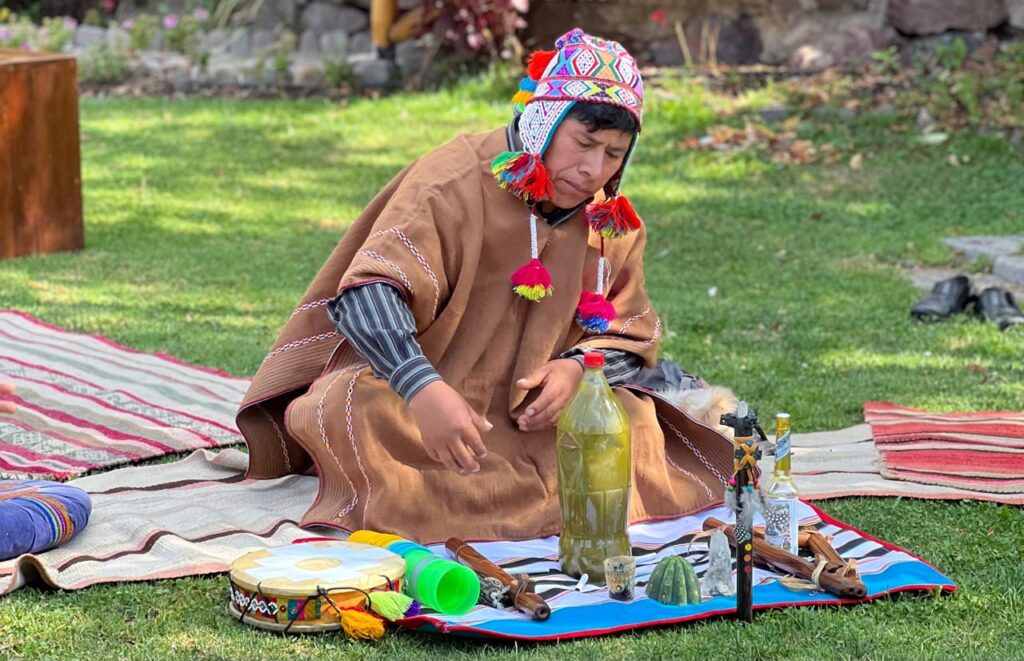
The Grandfather Wachuma or San Pedro is a medicinal plant used for astral spiritual journey in many cultures, especially in Peru.
Historically, there is evidence that the Caral civilization was a complex society in pre-Columbian America, which developed approximately between 3500 and 1800 BC, in the north-central area of Peru, but where there are traces in stone is in the Chavin Culture that flourished in the Ancash region. Its most important ceremonial center was Chavín de Huántar, it is in this culture that for the first time this medicinal plant is portrayed in a Stone Lanzón next to a man with zoomorphic features, and from here this plant expands towards the south of Peru.
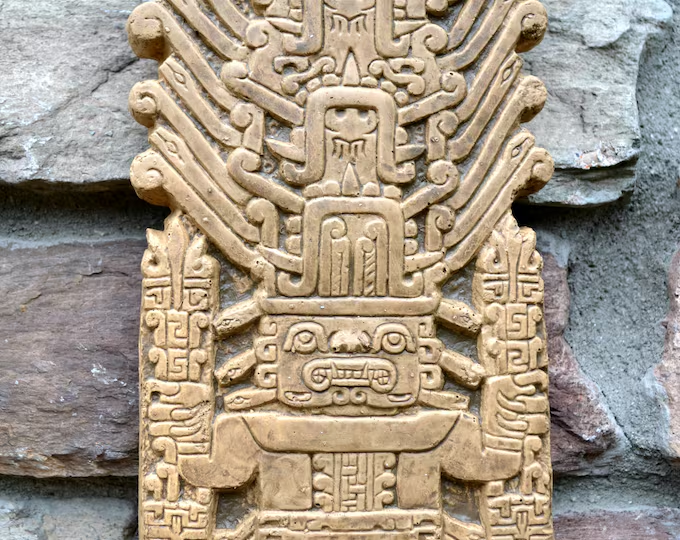
We must pause before continuing with the explanation of this medicinal plant, to talk about the Chanchan Culture where archaeologists and historians talk about a mythical character called the ” The throat-slitter”.
Chanchan was a pre-Incan civilization that flourished in the coastal region of present-day Peru, specifically in the Trujillo area, between the 9th and 15th centuries. The throat-slitter is a figure, known primarily for its representations in art and sculpture. It is a human or divine figure, usually associated with religious and sacrificial rituals. The representation of this figure has quite specific characteristics, showing a stern face and an attitude that reflects power and control.
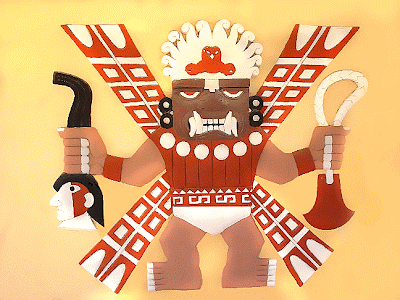
The word Wachuma possibly comes from a Quechua word ¨WAQCHA UMA¨ which means the headless or throat-cutter, there is a lot of similarity between this and what was told above since according to the oldest Masters or Shamans of the Andes, this plant cuts off your head but in a spiritual way, it disconnects you from the thoughts that often make us lose by being very rational and the whole cause of our problems begins with thought, The ceremony with Wachuma or San Pedro reconnects you with your self-love your heart, and for that you have to disconnect from thoughts and from the rational to give form to the spiritual and illogical.
Perhaps our grandparents from the first Pre-Inca cultures already had knowledge of this medicinal plant therefore it was captured in many of their artistic representations, in ceramics, stone, etc. This is a legacy that we honor with honor to continue expanding to all generations.
If you want to participate in a ceremony we recommend:
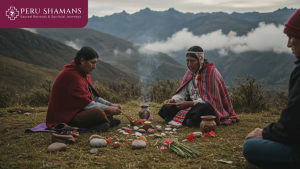
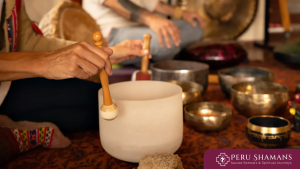

1 comentario
plus777login
Really interesting read! Understanding game mechanics is key to enjoying online casinos. I’ve been exploring platforms like 777plus – their approach to player development seems solid. Definitely helps to have tools for strategy!